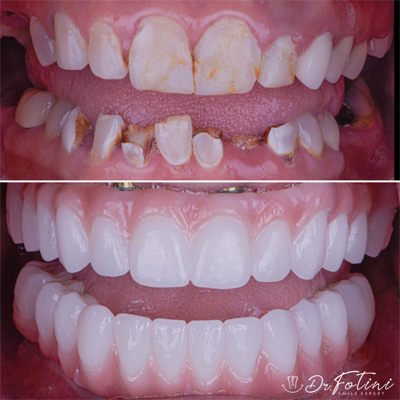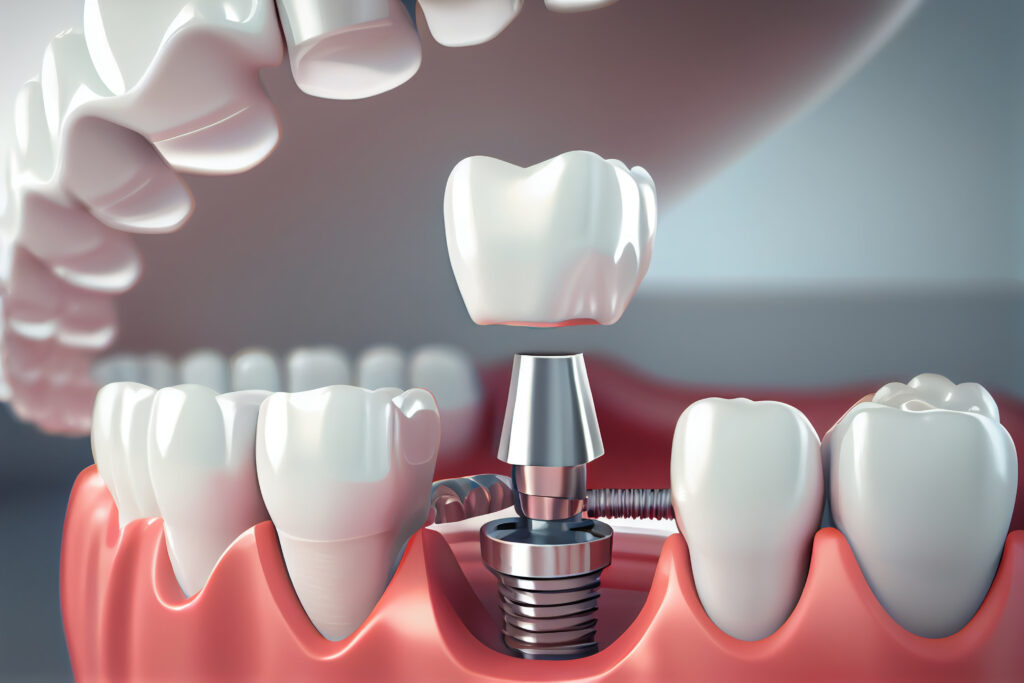Restore Your Smile with Dental Implants Kent: Expert Solutions
Experience the most up to date Innovations in Oral Implants Modern Technology
As the area of dental care proceeds to develop, the advancements in oral implant innovation have actually been nothing brief of remarkable. The assimilation of innovation is transforming the performance of dental implants, guaranteeing enhanced end results and client satisfaction.
Advanced Materials for Boosted Sturdiness
In the realm of oral implants innovation, the integration of sophisticated materials has dramatically contributed to enhancing sturdiness and longevity of these critical dental prosthetics. The utilization of products such as titanium alloys, zirconia, and ceramic substances has revolutionized the field by using enhanced resistance, stamina, and biocompatibility to rust.
Titanium alloys are widely utilized in oral implants due to their phenomenal strength-to-weight proportion, corrosion resistance, and compatibility with the human body. These alloys guarantee the security and long life of the dental implant by withstanding the forces applied throughout chewing and speaking, offering a trusted solution for individuals seeking durable tooth substitutes.
Zirconia, a sort of ceramic product, has actually acquired appeal for its biocompatibility and natural tooth-like look. Its high strength and resistance to put on make it an ideal choice for dental crowns and bridges, enhancing the overall aesthetic appeals and functionality of the implant.

Digital Imaging for Specific Placement
The advancement of dental implants innovation has additionally progressed with the combination of electronic imaging methods, making sure accurate positioning of these prosthetics for optimum functional and visual outcomes. Digital imaging plays a vital duty in the preparation and placement of oral implants by supplying comprehensive 3D photos of the client's jawbone structure. This modern technology permits dental practitioners to assess bone density, locate essential frameworks, and prepare the exact placement and angle for dental implant positioning with unequaled precision.
By making use of digital imaging, dental practitioners can develop virtual surgical guides that work as a roadmap throughout the implant positioning treatment. These guides are customized for every client, thinking about their unique composition and the desired result. This degree of accuracy not just boosts the success price of dental implant treatments but also decreases the risk of problems.
In addition, digital imaging makes it possible for dental professionals to envision the final prosthetic reconstruction prior to the actual placement of implants, permitting for precise preparation and guaranteeing that the outcome fulfills the individual's visual expectations. In general, the combination of digital imaging modern technology has actually changed the field of dental implants, offering patients a much more predictable, efficient, and patient-specific treatment approach.

Minimally Invasive Surgical Methods


Improvements in surgical methods have resulted in the advancement of minimally invasive methods in the field of dental implantology. These methods intend to minimize trauma to the patient, reduce recuperation times, and improve overall treatment outcomes. Minimally intrusive surgeries involve smaller sized cuts, specialized tools, and progressed imaging technologies to exactly place oral implants with marginal interruption to bordering tissues.
One secret facet of minimally invasive strategies is using led surgery, where 3D imaging and computer-aided design software program are used to prepare the dental implant positioning with wonderful precision. This enables for a much more predictable end result and can commonly eliminate the need for extensive flap surgical treatment.
Furthermore, developments in products and implant style have likewise added to the success of minimally invasive techniques. Implants with enhanced surface area residential properties advertise much faster osseointegration, reducing the recovery time called for before the click to investigate prosthetic reconstruction can be placed.
3D Printing for Customized Solutions
Utilizing 3D printing innovation in oral implantology permits for the development of extremely personalized remedies tailored to specific client needs and physiological variants. This innovative technology enables dental specialists to make and make dental implants with remarkable precision and accuracy. By using electronic imaging methods, such as cone light beam computed tomography (CBCT), thorough 3D versions of the person's mouth can be created to lead the dental implant planning process.
Among the key advantages of 3D printing in dental implantology is the capacity to produce patient-specific implants that completely fit the unique anatomy of each person. This individualized technique helps improve the total success and durability of the dental implant by making sure optimum fit navigate to this website and placement. Furthermore, 3D printing permits the manufacturing of intricate geometries and intricate structures that would be tough or impossible to attain making use of typical production techniques.
Moreover, 3D printing innovation allows dental experts to enhance the implantation process, minimizing surgery time and enhancing total person experience. With its capacity to create customized remedies promptly and effectively, 3D printing is transforming the area of dental implantology, offering individuals ingenious therapy options and enhanced outcomes.
Integrated Innovation for Improved Performance
Carrying out sophisticated innovation in oral implantology boosts performance and precision, boosting the requirement of treatment for individuals going through implant treatments. Integrated innovation plays a critical role in improving the overall success and sturdiness of dental implants.
Moreover, the assimilation of computer-aided style and computer-aided manufacturing (CAD/CAM) technology makes it possible for the creation of custom implant remediations with remarkable precision. CAD/CAM systems use digital impressions to develop prosthetics that completely fit the patient's special anatomy, guaranteeing ideal comfort and functionality. Additionally, using robotic-assisted surgical procedure in implant placement enhances precision and decreases the risk of human error.
Verdict
To conclude, the current developments in dental implants technology deal enhanced durability with advanced materials, exact positioning with electronic imaging, minimally invasive medical strategies, customized services with 3D printing, and improved capability with incorporated technology - Dental implants Kent. These innovations in oral implants innovation are transforming the area and offering patients with more effective and efficient therapy options for recovering their smiles and oral health and wellness
The combination of technology is redirected here changing the functionality of dental implants, guaranteeing enhanced end results and person satisfaction.
The advancement of dental implants modern technology has actually additionally progressed with the integration of digital imaging strategies, making certain exact placement of these prosthetics for optimum useful and aesthetic outcomes. Minimally intrusive surgical treatments entail smaller sized lacerations, specialized tools, and progressed imaging modern technologies to specifically put oral implants with minimal interruption to bordering cells.
Applying sophisticated modern technology in dental implantology enhances functionality and accuracy, boosting the requirement of treatment for people going through implant treatments. Dental implants Kent. Integrated modern technology plays an important duty in boosting the general success and sturdiness of dental implants